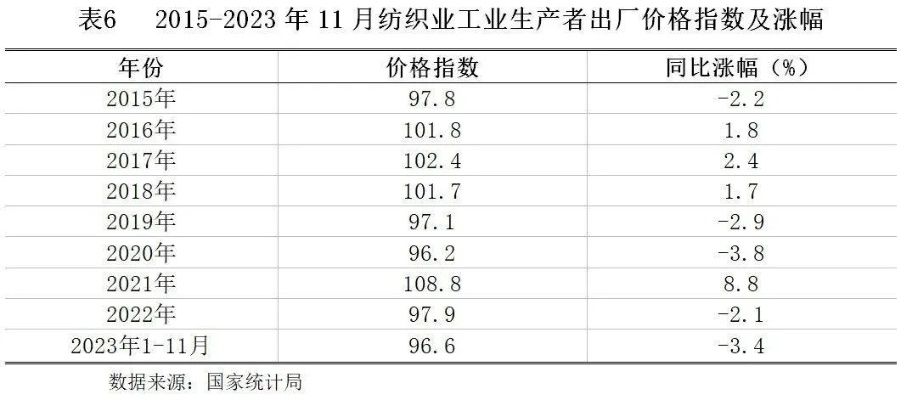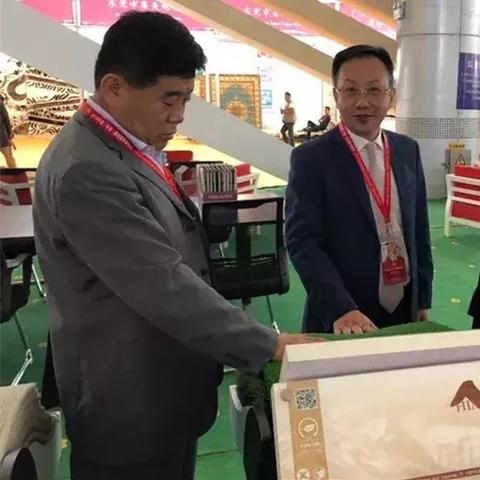The Global Trends and Innovative Approaches in Textile Industry
The global textile industry is witnessing a significant trend towards sustainability and innovation. The industry is committed to reducing its environmental footprint by adopting eco-friendly materials and processes, such as using recycled polyester and biodegradable dyes. Innovative approaches include the use of digital technologies, such as 3D printing and artificial intelligence, to enhance product design and manufacturing efficiency. Additionally, the industry is exploring new sources of raw materials, such as organic cotton and recycled polyester, to diversify its supply chain and reduce dependence on natural resources. These trends reflect a broader shift in consumer preferences towards sustainable and eco-friendly products, as well as a growing recognition of the importance of responsible business practices in the textile industry.
Introduction: Textile industry has been a cornerstone of human civilization for centuries. From the simple loom to the complex weaving process, textiles have played a vital role in shaping our culture, economy, and daily lives. As technology advances, the textile industry is witnessing significant changes, including increased automation, digitalization, and sustainability practices. This essay will explore the global trends in the textile industry, highlight innovative approaches, and provide an example of how these trends are being implemented.
Global Trends:
-
Sustainability: The textile industry is becoming increasingly aware of the environmental impact of its operations. Many companies are now implementing sustainable practices such as reducing water usage, using renewable energy sources, and minimizing waste. For example, Patagonia, a clothing company based in California, has committed to using only sustainably sourced materials in their products.
-
Digitalization: With the rise of e-commerce, the textile industry is embracing digital technologies to streamline production and improve efficiency. Machine learning and artificial intelligence are being used to analyze data from factories and optimize production processes. For instance, Zara, a Spanish fashion retailer, uses a digital platform to track inventory and order fabrics in real-time.
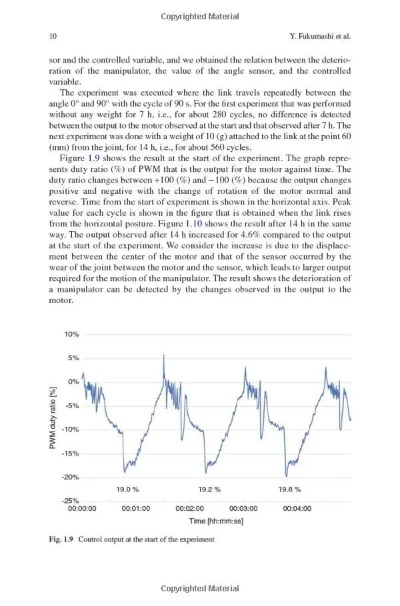
-
Customization: Customer demand for personalized and customized products is driving the growth of the textile industry. Companies are investing in advanced manufacturing techniques to produce custom-made textiles that meet individual customer preferences. For example, H&M, a Swedish fast-fashion retailer, offers customers the ability to customize their clothing online.
-
Ethical Practices: As consumers become more aware of ethical issues surrounding the production of textiles, many companies are adopting more responsible practices. Fair trade certifications are becoming increasingly popular, and some companies are even sourcing materials from suppliers who adhere to strict ethical standards. For example, Patagonia's commitment to fair trade means that they only work with suppliers who follow certain ethical guidelines.
Innovative Approaches:
-
Bio-based Textiles: The use of plant-based materials such as hemp, flax, and organic cotton is gaining popularity in the textile industry. These materials are not only sustainable but also offer eco-friendly alternatives to traditional petroleum-based fibers. For example, Tencel, a Japanese company, produces bio-based materials from wood pulp.
-
Smart Textiles: Smart textiles incorporate sensors and electronics into clothing, allowing them to monitor health metrics or respond to external stimuli. For example, Nike's Flyknit technology allows for seamless integration of sensors into sportswear, providing athletes with real-time feedback on their performance.
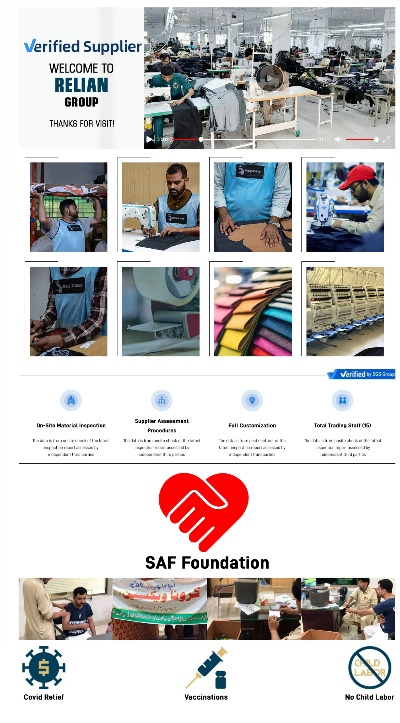
-
3D Printing: 3D printing technology is revolutionizing the textile industry by enabling faster and more efficient production of complex designs. Companies like 3D Systems are pioneering this technology, producing high-quality garments in record time.
-
Virtual Reality (VR): VR technology is being used to simulate the production process of textiles, allowing designers to visualize and test new designs before they are actually made. This can significantly reduce waste and improve efficiency. For example, IKEA uses VR to design furniture pieces in a virtual environment before they are manufactured.
Case Study: The textile industry is constantly evolving, and one company that is leading the charge is Everlane. Everlane is a U.S.-based online retailer that specializes in high-quality, sustainable clothing at affordable prices. They use a combination of digital tools and ethical practices to ensure their products meet the needs of both customers and the planet.
Everlane's website is designed to be user-friendly and intuitive, making it easy for customers to find the products they want quickly. They also offer a variety of sustainable options, including organic cotton, hemp, and recycled materials. Additionally, Everlane prioritizes transparency in their supply chain, ensuring that their suppliers are ethical and environmentally friendly.
One innovative approach that Everlane employs is their use of 3D printing technology to create customizable clothing. By using this technology, they can produce unique designs that are tailored to individual customers' preferences. This not only enhances the customer experience but also reduces waste in the production process.
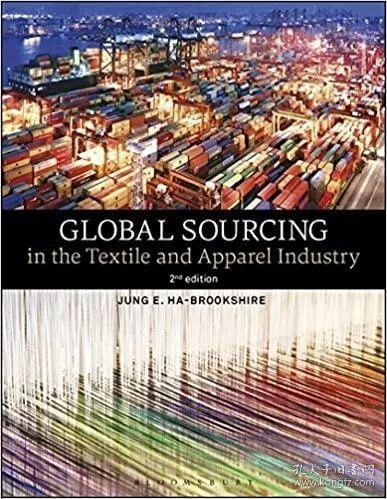
Another example of Everlane's commitment to sustainability is their partnership with Oceana, a non-profit organization dedicated to protecting ocean ecosystems. Through this partnership, Everlane donates a portion of their profits to support ocean conservation efforts.
Conclusion: The textile industry is undergoing a transformation driven by technological advancements, consumer demands, and environmental concerns. Companies like Everlane are leading the way in embracing sustainable practices and innovative approaches to production. By staying ahead of the curve and incorporating these trends into their business models, textile companies can not only thrive in today's market but also play a crucial role in building a more sustainable future.
Articles related to the knowledge points of this article:
How to Identify Textiles for Authenticity
纺织品欧盟Reach and ASTM Standards:A Comprehensive Guide for Manufacturers
Navigating the Global Trade Landscape with Nanjing Hanxiaochen Textiles
